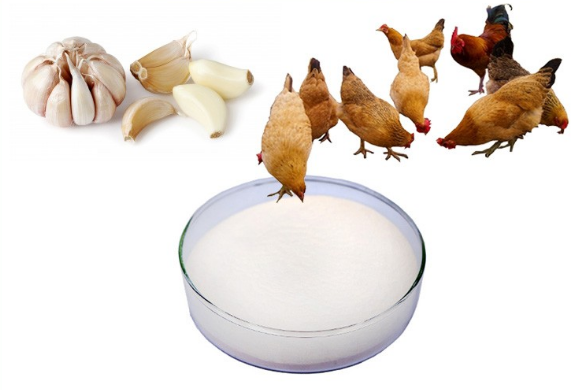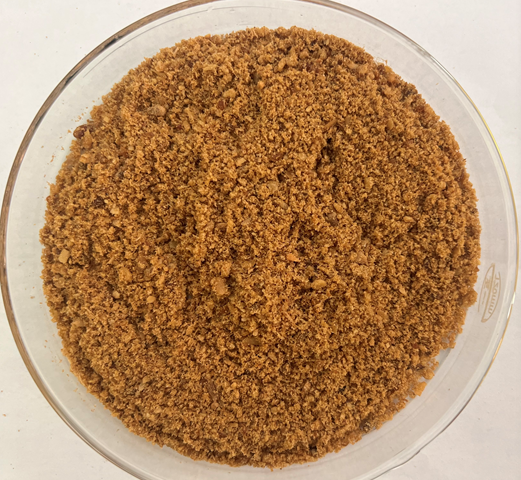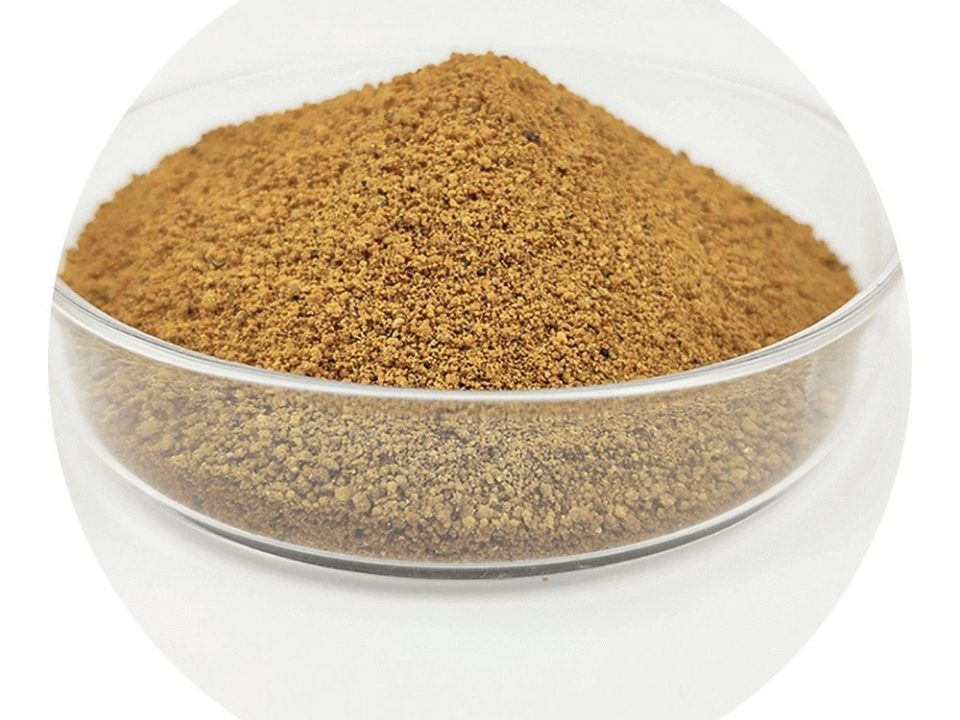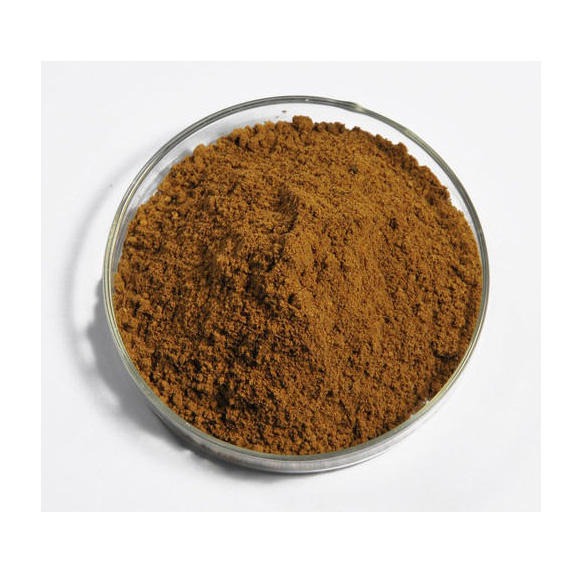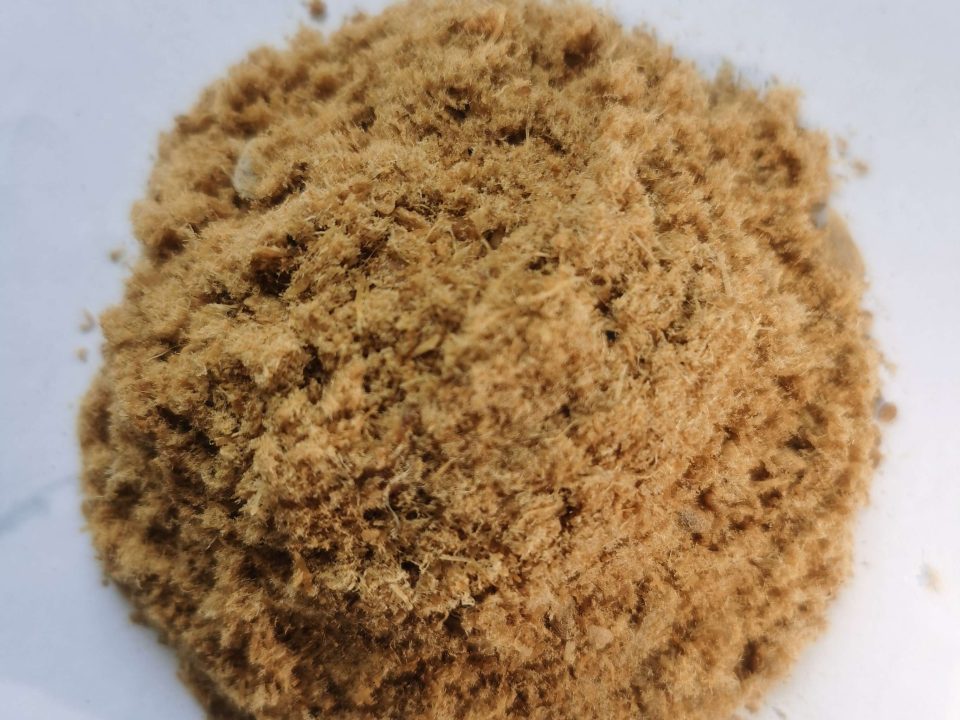The effects of allicin powder and its application in animal growth

Nutritional characteristics and applications of Corn Gluten Meal
September 12, 2022
What causes Lysine feed additives shortages?
September 28, 2022The effects of allicin powder and its application in animal growth
Concentrate Garlic Allicin Powder Feed Additive For Fish Breeding and Poultry Raising Garlic Allicin is a newly developed and multifunctional feed additive in recent years. It is widely used as an antiseptic and can substitute for antibiotic in feed. Aquatic Feed Additive and livestock ,poultry animal feed additive
Abstract: The shortcomings of antibiotics in feed additives are becoming more and more obvious, and it has become an inevitable trend to find green and effective alternatives. Plants and their extracts have a natural antibacterial growth-promoting effect, which has increasingly become a research hotspot. It mainly introduces garlic and its by-products, the main functional ingredient allicin antibacterial and anti-inflammatory, improved Immunity and other physiological functions, at the same time, the research progress of garlic and its by-products garlic straw, garlic skin, garlic residue, etc. as feed additives in animal production is reviewed, which provides a reference for the future application of garlic and its by-products in animal production.
Key words: allicin powder ; Allicin additives ; Allicin ; Feed additives
The active ingredients in allicin powder have many functions such as bacteriostatic and anti-inflammatory, improving animal immunity, and preventing cardiovascular and tumor diseases [1-2], and have long received attention. Among them, there are more studies on allicin and garlic and its by-products garlic residue, garlic straw, garlic skin, etc. as feed additives.
Unleash your application potential. This paper reviews the latest research progress on garlic and the active ingredients in garlic by-products and in animal production in recent years, and provides a reference for the future application of allicin and allicin powder by-products to replace antibiotics in animal production.
1 Active ingredient of garlic and its by-products The main functional components of allicin powder and its by-products garlic straw, garlic skin, garlic residue, etc. include allicin, superoxide dismutase, organic germanium, organic selenium, etc. More than 30 kinds, of which the most concerned is allicin.
1.1 Allicin allicin is the main active ingredient in allicin powder and its by-products, including a large class of organosulfilphogans such as allicin and allicin[3]. Garallicin powder ic and by-product garlic straw, etc., contain the precursor of allicin – allicine. Allicin is the signature sulfur-containing amino acid in allicin powder , which accounts for about 0.5% of fresh weight and is present in a stable odorless form in garlic (see Figure 1), where allicine is catalyzed into allicin during processing. Allicin and allicin are the active ingredients of garlic and have a broad spectrum of antibacterial abilities, so that garlic can exert its effects.
1.2 Superoxide dismutase
Garlic and its by-products are rich in copper-zinc superoxide dismutase (SOD), reported content of up to 173.3 μg / g, and good stability, can scavenge excessive oxygen free radicals in the body, improve the body’s immunity, has important use value, is widely used in health care products and additives and other industries.
1.3 Organic germanium
Garlic and its by-products are rich in germanium and are reported to be as high as 754 mg/kg. Organic germanium plays an important role in antitumor drugs and antiviral drugs, and is widely used as a natural sterilization additive in food and beverages.
2 Physiological functions of garlic and its by-products
2.1 Antibacterial and anti-inflammatory function
The main functional ingredient of allicin powder and its by-products, allicin, can bind to the sulfurase in bacteria, and achieve the effect of inhibiting bacterial growth through a series of physiological and biochemical effects. Studies have confirmed that garlic extract has a pronounced antibacterial effect on Staphylococcus aureus and E. coli [3-4]. Allicin has a certain inhibitory effect on the growth of gram-negative bacteria and gram-positive bacteria, and has a broad spectrum of antibacterial. Allicin can affect the balance of the intestinal flora, which inhibits the intestinal pathogenic microorganisms significantly, and the impact on beneficial microorganisms is not obvious, so that the intestinal flora develops in a favorable direction. Allicin has a good killing effect on parasites and viruses, and its bactericidal ability is 10% of penicillin, which has a sense of treatment
Effect of infectious diseases, prevention of influenza and deworming. Therefore, garlic is called “an antibiotic grown in the ground” and a “natural broad-spectrum antibacterial drug”.
2.2 Improve the body’s immunity
Garlic and its by-products improve the body’s immunity through two aspects: humoral immunity and cellular immunity (improving phagocyte function, improving lymphocyte conversion rate, etc.). In livestock production, allicin alone or in combination with antibiotics to replace some antibiotics can effectively prevent and control piglet diarrhea; Significantly reduced the prevalence of enteritis in chickens, diarrhea in chickens; Reduced dead rate[5];
Reduce the rate of diarrhoea in rabbits and effectively control mortality [6].
2.3 Protection of the cardiovascular system
Functional components such as allicin and cyclic allicinine in allicin powder and its by-products inhibit high cholesterol, prolong blood clotting time, and improve fibrinolysis, thereby preventing arteriosclerosis and thrombosis[2]. Organogerinium compounds also lower blood lipids and reduce blood viscosity. Numerous studies have shown that garlic can play a role in the prevention and treatment of many risk factors for cardiovascular disease [7].
2.4 Regulate blood glucose levels
The functional ingredients in garlic and its by-products effectively regulate blood sugar levels by influencing the synthesis rate of glycogen in animal livers and promoting insulin secretion.
2.5 Antitumor effects
The functional ingredients in garlic and its by-products, allicin, germanium, selenium, etc., reduce the attack of free radicals on cells by scavengering free radicals; Directly kill tumor cells, inhibit the production of carcinogens, change certain enzymes; Repair of a damaged immune system ; Accelerate the excretion of carcinogens and other effects to enhance the body’s anti-cancer immunity, play an anti-tumor role.
3 Advantages of garlic and its by-products as feed additives
3.1 Broad spectrum antibacterial, green environmental protection
Garlic and its by-products are applied to feed as feed additives, and its functional ingredients such as allicin are broad-spectrum antibacterial, which plays a role in preventing feed mildew.
Allicin and other functional ingredients have a good inhibition and killing effect on Pasteurella, Fosset dysentery bacillus, white grape bulbs, typhoid bacillus, Pseudomonas aeruginosa, Proteus, etc., with sterilization, insecticide, detoxification, seasoning, animal health and yield increase, etc., can prevent and control a variety of infectious diseases. Allicin can be used in combination with other additives, is not limited by the discontinuation period, and has no pollution, strong antibacterial power, and high safety points [8].
3.2 Promote growth and improve the quality of livestock products
Some of the functional ingredients in allicin powder can induce food intake, increase feeding intake, and promote growth, especially in poultry and fish. Allicin can repel mosquitoes and flies, improve the feeding environment, reduce the occurrence of diseases, and thus improve feed conversion rate. The thioether compounds in allicin improve the meat quality of animal products. The functional ingredients in allicin powder can be digested and absorbed by the gastrointestinal tract and converted into livestock and poultry products (meat, dairy products, etc.), thereby improving the quality of livestock and poultry and improving product quality [9].
3.3 Improve the comprehensive utilization rate of allicin powder and its by-products
There are fewer deep-processed products of allicin powder in China, and the price fluctuation range is large, which has affected the healthy development of the allicin powder industry [10]. Allicin powder deep processing is a development trend of the development of allicin powder industry, deep processing products mainly include garlic essential oil, allicin tablets, etc., and its by-products can further extract SOD and other functional ingredients, and the remaining garlic straw, garlic skin, garlic residue, etc. can be applied to feed additives, thereby improving the comprehensive utilization rate of garlic.
4 Application of allicin powder and its by-products in the feed industry
4.1 Applications in livestock production
In livestock production, allicin or garlic straw for weaned piglets, fattening pigs, rabbits, dairy cows, lake sheep, sports horses and other animals, within a certain range of additions have shown the characteristics of improving production performance, as detailed in Table 1.
Table 1 Effects of garlic and its by-products on livestock performance
| test animals | experiment method | test results | Appropriate amount of addition |
| fattening pig | A comparative test of adding antibiotics and allicin during feeding and evaluating the results | Allicin can significantly improve the feed conversion rate of growing-finishing pigs in the later stage | 100, 200 mg/kg allicin powder |
| weaned piglets | Feeding of garlic as a feed additive to weaned piglets, evaluation results | Feeding of garlic as a feed additive to weaned piglets, evaluation results | |
| meat rabbit | Feeding of garlic straw as a feed component to growing meat rabbits, evaluation results | The energy, protein, fat, calcium and nitrogen-free extracts of garlic straw can be greatly absorbed by growing meat rabbits. | |
| 4 year old cow | 4-year-old cows fed 0.1% garlic powder | Significantly increased milk production and significantly reduced feed-to-milk ratio | |
| dairy cow | Effects of allicin in feed on milk quality and milk yield of dairy cows | The average milk yield and milk fat rate were significantly improved compared with the control group | 80 mg/kg allicin powder |
| lake sheep | To evaluate the fattening effect of Hu sheep by adding different proportions of garlic peel into the diet | The average daily gain is significantly increased, the material-to-weight ratio is significantly reduced, and the economic benefit is significantly improved | The amount of garlic skin added is 42.86% |
| sport horse | Add allicin in the diet to evaluate the body’s anti-fatigue ability and immunity | It has obvious anti-fatigue effect on the body and can effectively improve the body’s immunity | Allicin 300~500 mg/kg |
Table 2 Effects of garlic and its by-products on poultry performance
| test animals | experiment method | test results | Appropriate amount of addition |
| Yellow Feather Broiler | Add allicin or garlic powder to the feed | Reduced material to weight ratio and improved production performance | |
| 135 1 day old AA chickens | The basal diet, the basal diet supplemented with Roxaxan and chlortetracycline, and the basal diet supplemented with allicin and other three different diets were fed, and the results were evaluated. | The digestive enzyme activity of the experimental animals in the diet supplemented with allicin was significantly higher than that in the other two groups | 160 mg/kg 25% allicin powder |
| broiler | Allicin was added to the feed, and the results were evaluated | Allicin promotes broiler growth and improves immune function | |
| laying hens | Different levels of garlic powder were added to the feed and the results were evaluated | Improve the laying performance of laying hens | Add 5% garlic powder |
Table 3 Effects of garlic and its by-products on aquaculture animals
| test animals | experiment method | test results | Appropriate amount of addition |
| carp | Adding various levels of allicin to the diet | Increase the weight gain rate and reduce the material-to-weight ratio | 60 mg/kg Allicin |
| bighead carp | Adding various levels of allicin to the diet | The weight gain rate is significantly increased, and the material-to-weight ratio is significantly decreased | 60 mg/kg allicin powder |
| Tilapia | Adding various levels of allicin to the diet | The weight gain rate is increased by 61%, and the material-to-weight ratio is significantly reduced | 50 mg/kg allicin powder |
| Freshwater White Eel | Adding various levels of allicin to the diet | The crude fat content of fish body decreased, the protein content increased, and the bait coefficient decreased | 100 mg/kg allicin powder |
| Freshwater White Eel | Adding various levels of allicin to the diet | Adding 200 mg/kg and 400 mg/kg allicin to the feed has a certain effect on disease control and improving the survival rate, but if the addition amount is too high, it is toxic to the yellow eel | 200~400 mg/kg allicin |
| eel | Adding different levels of garlic to the diet | Appropriate addition can significantly promote the growth of heterotrophic silver crucian carp | 200~400 mg/kg allicin powder |
| Allogeneic silver crucian carp | Adding different proportions of garlic residue to the feed | 0.5% ~2.0% garlic residue |


